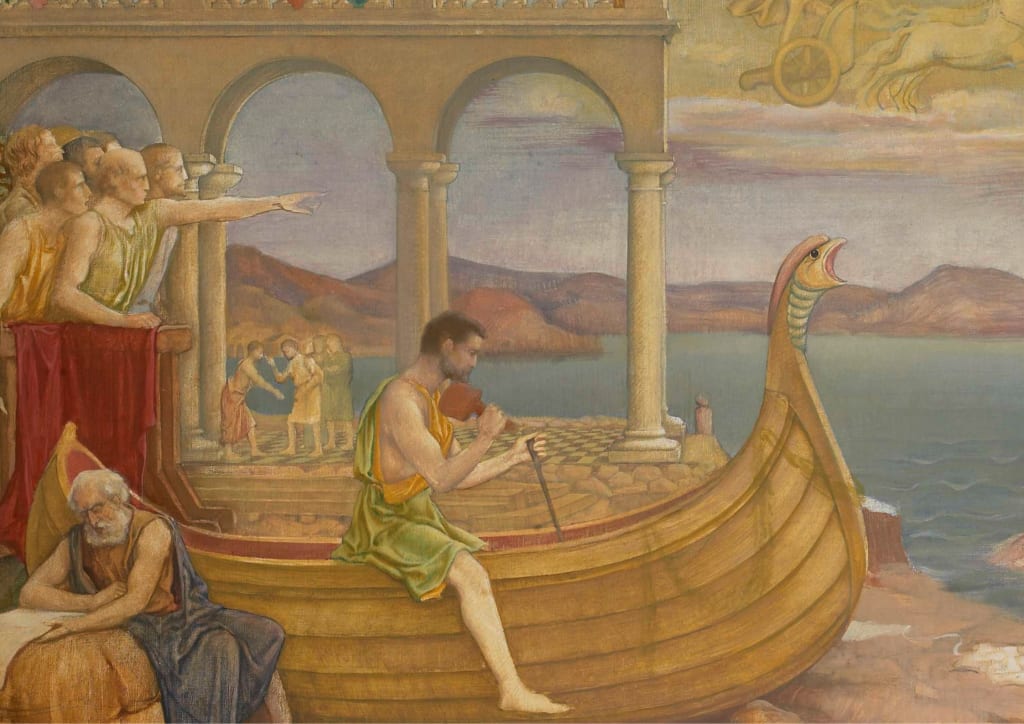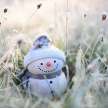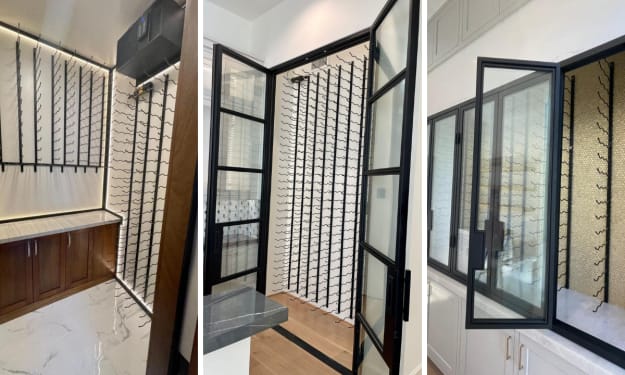
Tempera is a painting technique that has been used for centuries, and it involves mixing pigments with a water-soluble binder, typically egg yolk. This mixture is then applied to a surface, usually wood or canvas, and dries to a hard, durable finish. Tempera has a long history in art and has been used by many famous artists over the years, from the ancient Egyptians to Renaissance painters like Botticelli and Raphael.
The word "tempera" comes from the Latin word "temperature," which means "to mix." The technique was first used by the ancient Egyptians, who used egg-based tempera paints to decorate the walls of their tombs. The Greeks and Romans also used tempera paints, but it wasn't until the Middle Ages that the technique really took off in Europe.
Materials for Tempera Panel Painting
Tempera panel painting is a technique that involves painting on a rigid panel, typically made of wood or metal, using a mixture of pigments and egg yolk or other binding agents. To create a high-quality tempera panel painting, several materials are required. Here are some of the most important materials for tempera panel painting:
Panel
The panel is the surface on which the painting is created. The most common materials for tempera panel painting include wood, such as poplar, oak, or beech, and metal, such as copper or brass. The panel must be rigid and stable, with a smooth surface that is suitable for painting.
Gesso
Before painting can begin, the panel must be prepared with a layer of gesso. Gesso is a mixture of chalk or gypsum and animal glue, which is applied in several thin layers to create a smooth, absorbent surface that is suitable for painting.
Pigments
Pigments are colored powders that are mixed with the binding agent to create the paint. The pigments used in tempera painting are typically natural earth pigments, such as ochre, umber, and sienna, as well as minerals like lapis lazuli and malachite. These pigments are ground to a fine powder and mixed with the binding agent just before painting.
Egg yolk
The binding agent used in tempera panel painting is typically egg yolk. The yolk is separated from the egg white and mixed with water and vinegar or wine to create a medium that binds the pigments together and allows them to adhere to the panel.
Brushes
A range of brushes is required for tempera panel painting, including small, medium, and large brushes for different areas of the painting. The brushes should be of high quality and made from natural hair, such as sable or hog hair.
Palette
A palette is used to mix the pigments with the egg yolk medium. The palette can be made from a variety of materials, such as wood, ceramic, or glass, and should have a smooth, non-porous surface that is easy to clean.
Solvents
Solvents are used to clean the brushes and the palette after painting. The most common solvent for tempera panel painting is water, which can be used to clean the brushes and palette between colors. Other solvents, such as vinegar or alcohol, may be used to clean the brushes and palette
During the Middle Ages, tempera painting was the most common form of painting, and it was used to create religious art for churches and monasteries. The tempera technique was well-suited for this type of work because it allowed artists to create detailed, intricate paintings with bright, vivid colors.
One of the most famous examples of tempera painting from the Middle Ages is the Ghent Altarpiece, which was created by Jan and Hubert van Eyck in the 15th century. The altarpiece is a stunning work of art that features intricate details and vibrant colors, all created using the tempera technique.
Tempera painting continued to be popular throughout the Renaissance, and many of the most famous paintings from this period were created using the technique. For example, Botticelli's "The Birth of Venus" and Raphael's "Sistine Madonna" were both painted using tempera.
While tempera painting may not be as popular today as it once was, it is still used by some artists, particularly those who are interested in traditional painting techniques. One of the benefits of using tempera is that it dries quickly, allowing artists to build up layers of paint without waiting for each layer to dry.
Another advantage of tempera is that it is relatively easy to work with. The water-soluble nature of the paint allows for easy blending and mixing of colors, and the egg yolk binder gives the paint a smooth, creamy consistency.
However, there are also some drawbacks to using tempera. For one thing, it can be difficult to achieve certain effects with tempera that are easier to achieve with other painting techniques, such as oil painting. Additionally, tempera can be quite fragile, and paintings created using the technique can be easily damaged if not handled with care.
Despite these challenges, many artists still find the tempera technique to be a valuable tool in their artistic arsenal. Some artists use tempera paints exclusively, while others use the technique in combination with other painting methods to create unique effects and textures.
In recent years, there has been renewed interest in tempera painting, particularly in the field of art restoration. Because tempera paintings can be quite fragile, they require careful restoration and preservation in order to survive for future generations.
One of the challenges of restoring tempera paintings is that the paints can be quite sensitive to changes in temperature and humidity. Additionally, the egg yolk binder can become brittle over time, causing the paint to crack and flake off the surface.
To address these challenges, art restorers often use a variety of techniques, such as consolidating the paint layers with a protective adhesive and applying a layer of varnish to protect the surface. With careful restoration, it is possible to preserve and protect tempera paintings for many years to come.
About the Creator
Gokila
She is an astrophile, introvert,
loves to read books all day long,
addicts in healthy lifestyle
and having curiosity to know about new things.
Life Is As Beautiful As You Make It. Contentment Is The Key To Happiness. Peace Be Upon The Saviour.






Comments (1)
Nice 👍❤️💯💬